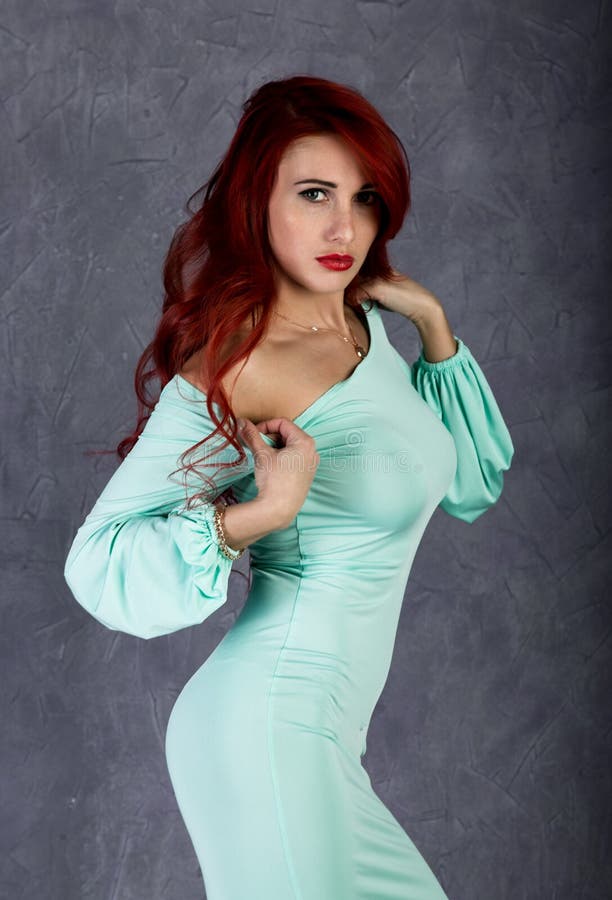Table Of Content

"If it does bother you or seems like a sign something's up with your health, talk to your doctor to discuss ways you can remove it," she says. Again, having hair around your nipples is super normal and not something you need to stress about or consider removing if it's not bothering you. But, if it does bother you or it seems like a sign something's up with your health, talk to your doctor to discuss ways you can nip any bothersome breast hair in the bud. There's no reason to feel weird about it, or like your breasts need to be as smooth and hairless as a baby dolphin. But if you really can't stand having breast hair, you can pluck it just like you would pluck your eyebrows (and it might hurt, just like it can with your eyebrows).

Risks of Shaving Your Nipple Hair
If you’re dealing with ingrown hair on your breast, there are a few things you can do to get rid of it. Each month, women go through changes in the hormones that make up the normal menstrual cycle. The hormone estrogen is made by the ovaries in the first half of the menstrual cycle. The increasing level of estrogen leads to ovulation halfway through the cycle.
How can we normalize nipple hair?
Medicines, such as testosterone, glucocorticosteroids, and certain other immunotherapy drugs may cause hairy nipples. The amount of hair on the nipples varies, but some women find that the hair becomes long, coarse, and dark, which can be distressing. The choice to remove (or keep) any body hair is a personal one, but at least know that if you have any around your nipples, you are certainly not alone. If you have a lot of hair to pluck (or it hurts too much), talk with a dermatologist about longer-term solutions, such as laser hair removal. Harris underwent a double mastectomy after being diagnosed with breast cancer. Upon finding cancer in both breasts, the doctors told her that a double mastectomy would be her best option.
Can medicine help regrow hair after chemotherapy?
These changes can trigger hair growth anywhere in your body, including your breast. The thickness and texture of hair on the breast varies based on the individual, similar to facial and body hair. In general, breast hair initially presents as fine, thin hair and then with age and hormonal changes (postpubertal), may begin to grow thicker and coarser. Hair thickness may vary based on ethnicity and skin type.
Drugs & Supplements
This option also carries an increased risk of developing ingrown hairs and infection. While some people use a depilatory cream to remove unwanted hair on other parts of their body, using it around the nipples is not recommended. Both hair removal creams and bleach can contain harsh chemicals that can irritate sensitive areas, causing skin irritation and rashes.
This could include razor bumps and burn, which of course can happen anywhere you shave. Sugaring or waxing is a good hair removal option, though either one is likely to be painful. A salon is the best place to get this treatment type, as doing this at home may cause damage to the skin. At the same time, if you decide to remove it at home, use common-sense precautions. Go carefully and slowly in order to avoid cutting or nicking your skin. You can also look into other options, such as electrolysis or laser hair removal, which are also considered safe.
Manic Panic® - Breast Cancer Research Foundation
Manic Panic®.
Posted: Thu, 31 Aug 2023 01:07:19 GMT [source]
What about bleach or hair removal creams?

The Australian pop star underwent successful surgery for breast cancer in 2005. Surely the CNN veteran wears his SPF when he's braving the elements now after having a cancerous growth removed from under his left eye in 2008. The singer beat breast cancer in 2004 with a "minimally invasive" lumpectomy and radiation therapy.
Hair on your nipples or chest usually comes down to genetics, per Nemours Children's Health. It can also show up when your hormones are fluctuating, like during pregnancy or menopause, per Cedars Sinai. Shaving is another option to reduce the appearance of nipple hair. However, it is advisable to do so with caution to avoid nicking the sensitive skin. Tweezing nipple hair is an effective way to get rid of unwanted nipple hair. However, this option can be painful as the skin around the nipple area is particularly soft and sensitive.
How to Get Rid of Nipple Hair
"Like any other kind of body hair, breast hair can vary in amount, thickness, and color from person to person," she says. It is normal to have body hair, but Bahar Houshmand notes that the amount of hair can depend on your ethnic background. You don’t need to remove the hair, but if it bothers you, you can also remove it easily by tweezing, shaving, trimming, or waxing. Procedures like electrolysis and laser hair removal can also slow or stop hair growth entirely, but those options come with a heftier price. In addition, you may also want to talk with your doctor about safe ways to remove hair around the nipples. Because of the risk of ingrown hairs or infections, your doctor may offer tips or advice for removing the hairs and reducing your risk for complications.
Many people have it, and it’s usually no cause for concern. There are a few underlying conditions that can cause excessive hair on your nipples, though, and some of these can be serious. If you are a woman and think that a medical condition is increasing the amount of hair you have around your breast, talk to your doctor. There are hormonal and other types of treatments that can help address these issues. We’ve been trying to "free the nipple" for generations, says Alicia Sinclair Rosen, sex educator and founder of b-Vibe and Le Wand.
Women in their 20s or 30s can also go through hormonal changes, resulting in nipple hair. There is no reason to remove this hair unless it bothers you for aesthetic reasons. These may be more likely to happen if the hair on your breast is thick, dense, or curly. Ingrown breast hairs can cause bumps or pimples to form around the nipple.
The first thing to develop are lobes, or small subdivisions of breast tissue. Mammary glands develop next and consist of 15 to 24 lobes. Mammary glands are influenced by hormones activated in puberty. Shrinkage (involution) of the milk ducts is the final major change that happens in the breast tissue. While body hair is quite normal and even beneficial, some hair is excessive especially for women, and might be considered unattractive and unnatural by some. Many women suffer from a condition called hirsutism, or an excessive amount of unwanted and unnecessary hair, especially on the upper lip, chin, neck, and the breasts.
Folliculitis is the inflammation of hair follicles due to an infection, injury, or irritation. It is characterized by tender, swollen areas that form around hair follicles, often on the neck, breasts, buttocks, and face. Boils (also referred to as furuncles) are pus-filled lesions that are painful and usually firm. Boils happen when infection around the hair follicles spreads deeper. They are usually located in the waist area, groin, buttocks, and under the arm.
You can also try using a gentle exfoliating scrub to help get rid of dead skin cells that might be blocking the hair. Breasts begin to form while the fetus is still growing in the uterus. This starts with a thickening in the chest area called the mammary ridge or milk line.
No comments:
Post a Comment